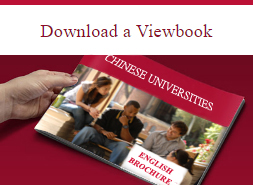
As the earliest institution of advanced learning and higher education in Northwest China,Lanzhou University was previously named Gansu Law and Politics School in 1909. Then the school developed to become Lanzhou Sun Yat-sen University in 1928.
Deng Chungao, a clever academic with rich experience and a wish of saving the nation through developing education as well as the thought of reform, took the position of president and director of Lanzhou University from February 1929 to May 1936,which were the most significant years for development since the university was established.
As Gansu province suffers from natural disasters and poverty, the university is a university with the least allocated funds in China. However, Deng Chungao developed it steadily while striving for survival through his arduous efforts, collecting funds and increasing the income and decreasing expenditure at the same time. Through his efforts, the basic facilities of the university were added and the instruments and models were purchased year after year; the grand library ranking the first among Lanzhou’s universities and colleges with abundant books was built up; a printing works was set up; special funds were put to use to start academic magazines and numbers of important works were published. Besides, the number of teachers became larger and larger.
In 1946, Xin Shuzhi worked as the first president to establish State Lanzhou University. Hecontinued to hunt talents and employed large numbers of experts and scholars from Beijing, Shanghai and so on. Lots of learned persons were gathered at the university. Therefore, itgained a good reputation day by day, and became an influential advanced learning institution in northwest China, and a base promoting advanced thought and developing cultural education.
Development after liberation—— set another sail in opportunities and move forward
At the beginning of 1950s, the central government decided to develop Northwest China and determined Lanzhou University as a key comprehensive university in the western China by deploying a batch of famous professors and experts from other universities at home andabroad to support its construction. Some graduates from well-known universities in China came to work at the university responding to the government's call as well. Thus, the numberand quality of teachers at Lanzhou University increased greatly. From then on, the university entered a new historical phase for its development.
In 1959, Jiang Longji, a learned and noble person respecting knowledge and science, seeking truth from facts and cherishing talents, was transferred to be the president of Lanzhou University. He exerted his utmost efforts and spared nothing in the development ofthe university. The essence of his education thought is respecting education law, paying great attention to teaching quality and human-oriented education. He always focused on the construction of study atmosphere and university spirit implementing the Party’s educational principles to cultivate talents of high quality, and thought highly of scientific research and innovation, cultivating the teachers to a higher level and raising the whole teaching and scientific research level of the university. Under his leadership, a favorable university spirit was formed. The Teaching Center and Center for Scientific Research were established primarily. Lanzhou University developed greatly from 1959 to 1966 and went into an unprecedented “Golden Age”.
At the beginning of 1980s, when Li Zhengdao sought for postgraduate of physics in China, Lanzhou University often ranked the first. In 1993, in Asian higher education symposium held in Manila of Philippines, 100 universities were evaluated as the famous university. 26 Chinese universities were involved and Lanzhou University was ranked sixth.
In 1995, 13 universities were awarded the title of “Excellent University” in weekly Science of America and Lanzhou University ranked the sixth; Oxford Dictionary classified Lanzhou University into the list of world key universities;
In 1996, Lanzhou University passed the preliminary examination by “211 Project” Department and became one of the key universities during the “Ninth Five-Year Plan” period; in 2001, it became one of the key supporting universities of national “985 Project”;
In 2002 and 2004, the former Gansu Grassland Ecological Institute and Lanzhou Medical School were merged into Lanzhou University respectively.
Standing on a new historical starting point …


Now, Lanzhou University has been the best university in the northwestern region of China, ranking as one of the top 30 among over 1,500 universities across China. It is one of the key universities administered directly by the Ministry of Education.
With almost 20,000 undergraduates and over 10,000 postgraduates, LZU has a long history of excellence in chemistry, physics, biology, mathematics and geology. It also excels in some unique disciplines and research areas based on the regional resources and culture of northwestern China, such as: Central Asian studies, Dunhuang studies, dry-land ecology, sand fluid dynamics, Tibetan and Loess Plateau sciences, and grassland agriculture. This has greatly contributed to the economic and social development of the local area and the country as a whole.
Seeing great benefits to be reaped from international cooperation, LZU has already established partnerships with over 100 universities and research institutes worldwide. Aiming at establishing the world famous top comprehensive university with multi-discipline coordinative development, Lanzhou University will inherit the concept of “Springing from West China,Striving for a top university” as well as the university motto of “Constantly improving, blazing our own path”, carrying forward the spirit of Lanzhou University, strengthening the opening consciousness, laying stress on the connotation construction, enhancing the education quality, insisting on the strategy of talents strengthening university and constructing a harmonious campus to contribute more to the economic and social development of the western regions, higher education advancement of China and national rejuvenation.

















